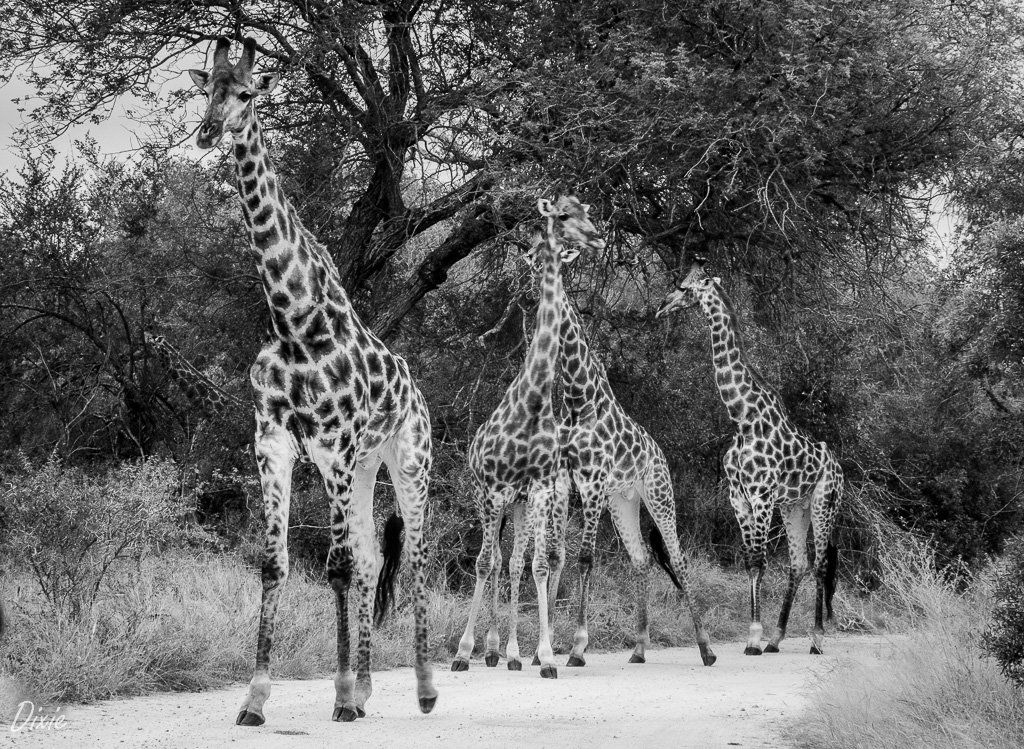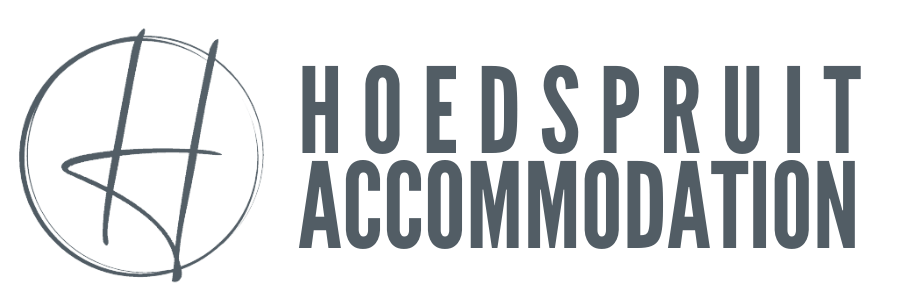Hoedspruit History
A Brief History of the Pioneers of Hoedspruit

Hoedspruit used to be a stopover for hunters and trappers, pursuing their business with the local wildlife. It was only in the 1930’s that Hoedspruit started to emerge from the wilderness. What followed was a fascinating mix of hunters and conservationists, villains and heroes, all hell-bent on making a fortune from South Africa’s wildlife.
The very first official landowner of the farm Hoedspruit was Dawid Johannes Joubert. He arrived in the lowveld in 1844 and settled in the area between the Blyde River and what is now known as the Zandspruit River.
In 1848 on the 5th May, he took the opportunity to register the farm for the first time at the land office which was situated in Ohrigstad, thus it was in 1848 that Hoedspruit had any official recognition and registration towards the town and municipality that it is today.
A few years later, in the 1850’s, Ohrigstad was expanding and becoming the central town in the greater region, however, at the time, it was decided that only the older settlers should be allowed to settle in and around the immediate area of Ohrigstad and anyone younger than 45 was encouraged to move further away from the town and settle elsewhere. As a result, a group of young men – all under 45 – made their way down the escarpment and settled in the area between the mountain and the Blyde River on a farm that they then called …. Jonkmanspruit (meaning “young man river/stream/creek”). A few of the other young men settled a little further on, on the farm they called Welverdiend (meaning “well deserved”) and yet another on a farm that he called Driehoek (meaning triangle) due to the shape of the farm itself. These are some of the original names that still exist in the area today and are all situated around the edges of what was the original farm called Hoedspruit.
The name Hoedspruit
itself was given by Dawid Johannes Joubert and was directly as a result of an incident after a major cloud burst on Mariepskop area in 1844 (when he first arrived in the area) which caused the “now called Zandspruit” to come down in a flash flood. During this event he ended up losing his hat in the flooding river. Bearing in mind that a hat in those days was a valuable resource for a farmer (used for sun protection, or to collect water from a river for yourself or your horse and even used to rest your head on when you slept in the open veld at night) and not something that could be easily replaced as there were not “hat shops” on every corner, this in itself was a major event for Dawid Joubert and a major loss for him during his early explorations and activities in the region, and as a result, he then named the river the Hoedspruit (the Hat River/stream/creek) – as in the River that stole his Hat.
Dawid Johannes joubert also had a farm up in the Orighstad area and spent his time between both farms, however in 1860 he was sadly killed by a Leopard while on his farm in Ohrighstad.
During the years that the farm was owned by Dawid, Hoedspruit farm that he had registered with the Land Office in Ohrighstad was huge and extended pretty much from the Blyde River to the Klaserie River and of course towards the town centre as it exists today.
At pretty much the same time a major dispute erupted between the Portugese in the then Lourenço Marques (Maputo), and the South Africans in the then Transvaal Republic. The Portugese were insisting that the Drakensberg mountain range just behind the town of Hoedspruit was in fact the international border between Mozambique and South Africa and the South Africans were insisting it was the Lebombo Mountains. As a result, Oom Paul Kruger, then president of the Transvaal Republic ordered for a proper land survey study to be done and for the official border to be assessed and finalized.
There were no qualified land surveyors at the time in South Africa and thus they had to be brought in from Europe – three of the main surveyors coming into the area included Von Weilligh (after whom the large Baobab in the Kruger park is named), Vos and Gillfillan.
While the Land surveyors were in South Africa (or the Transvaal Republic as it was then), Oom Paul then declared that they should also officially mark out the various farm boundaries for the farms and regions along the Drakensberg mountains before returning back to Europe as this area was starting to gain attention as for potential settlement opportunities. All the exceptionally large farms – such as the original Hoedspruit farm, were then divided up into smaller registered farms (although still belonging to and being run by a single farmer). It was then up to these European Land Surveyors to give names to all the official farms that they were formalizing and with little knowledge of any local cultures, languages or aspects, all the farms were then given European names of cities, states and countries that they were obviously familiar with. Thus, it is that we currently live in an area where official farm names include names such as Essex, Madrid, Berlin, Richmond, Chester, Moscow, Dublin, Dundee, Fife etc

